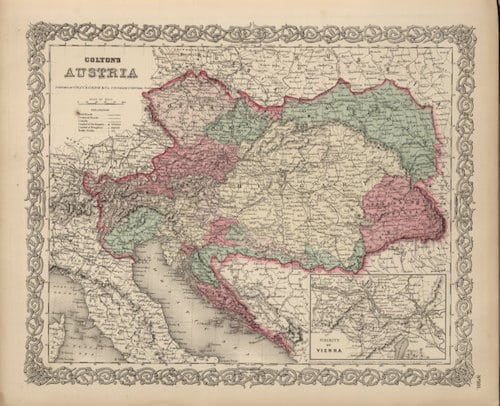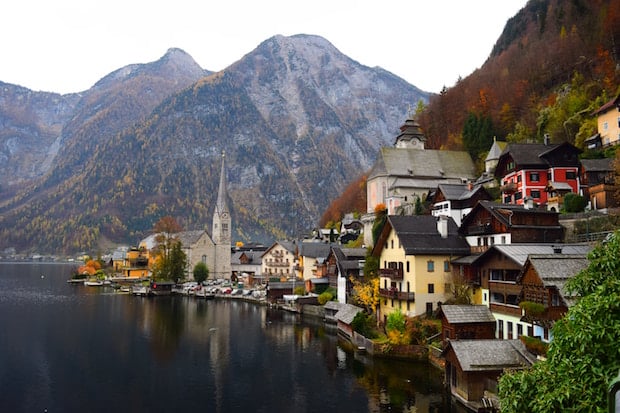Sign up for the Family Tree Newsletter! Plus, you’ll receive our 10 Essential Genealogy Research Forms PDF as a special thank you.
Get Your Free Genealogy Forms
"*" indicates required fields
If your Prague-born immigrant ancestor is listed on passenger manifests or in census records as “Austrian” or your Romanian ancestor as “Hungarian,” you might be confused. The culprit behind your ancestral identity crisis is likely the now-disbanded nation-state of Austria-Hungary, a behemoth of a country that once stretched from the Carpathian Mountains to the southern tip of Dalmatia in modern Croatia.
Austria-Hungary was formed in 1867 when the Austrian Empire and the Kingdom of Hungary agreed to unite under the House of Hapsburg, a powerful family that controlled almost all of Europe at different points in history. The dual monarchy became one of the most influential actors on the European stage in the latter half of the 19th century before being dissolved in 1918 after World War I.
The map above shows the empire in 1866 on the eve of its creation. Each co-equal power maintained civic control over its own territory, which at the time included modern Austria, the Czech Republic, Slovenia and northeastern sections of Italy, while the multi-ethnic Kingdom of Hungary included modern Hungary, Slovakia, Croatia and parts of Poland (Galicia), central and western Romania (including the Banat and Transylvania), Ukraine (Carpathian Ruthenia) and Serbia (Vojvodina). The empire also later occupied and annexed Bosnia and Herzegovina (not pictured), expanding its southern border.
As a result, if your ancestors immigrated to the United States from Austro-Hungarian territories between its creation and dissolution, they might be listed as either Austrian or Hungarian, and (depending on where your ancestor came from and what resources you’re looking for) records from your ancestor’s time may still reside in the former governing country’s archives. The map above is especially helpful, as it displays political boundaries within the empire, giving you a clue about what administrative district your ancestor’s town was part of.
Last updated, June 2017.







